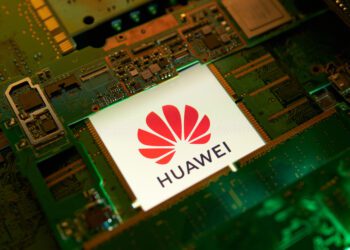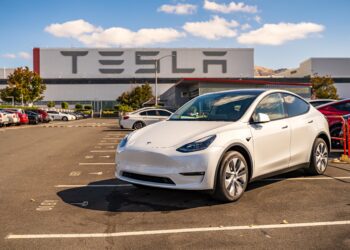How much of President Biden’s $2 trillion infrastructure plan will become a reality? KPMG breaks down the figures.
For decades, there have been numerous attempts to update the 1956 Federal Highway Act, which at the time was the largest U.S. public works legislation ever. Most have been piecemeal efforts to refine how the federal government defines, identifies, and proposes to pay for infrastructure investments. Few have passed.
That’s what makes President Biden’s proposal so unusual. It’s big in every way: it has wide-ranging ambitions—enormous scope and a whopping price tag. And it will require a massive effort to get it from proposal into law. President Biden announced the American Jobs Plan during an address in Pittsburgh on March 31, as the first of a two-part infrastructure proposal which will include the American Families Plan, which is due to be announced in the near future.
The ambitious eight-year, $2.25 trillion plan has three distinct elements to it:
- Catching up on neglected infrastructure. There is a real focus on catching up on decades of underinvestment in infrastructure. The proposed law allocates significant dollars to repair, upgrade and increase the resilience of infrastructure assets, ranging from highways, bridges, airports, ports and transit systems to repairing and upgrading “unseen” infrastructure, such as removing lead water supply pipes and plugging orphan oil and gas wells that leak methane into the atmosphere. Additionally, the plan funds upgrades to “social” infrastructure—schools, VA hospitals, public housing and child-care facilities. Finally, the plan recognizes the need to build a more resilient electric transmission system and update the supply system to support President Biden’s climate change agenda.
- Investments in competitiveness. The second focus of the American Jobs Plan is what we would call “getting ahead”—by directing investment into infrastructure assets that will support U.S. competitiveness and help achieve material climate change benefits. This category includes investments in transit and rail electrification, electric vehicle (EV) charging stations, and converting buses and federal vehicles to electric power. There is also significant focus on digital infrastructure, with a goal to bring broadband to 100 percent of the population and reduce the cost of broadband access. Additionally, $180 billion is proposed for R&D and technology investment. Finally, the plan identifies $25 billion to turn “shovel-worthy ideas into shovel-ready projects.”
- People infrastructure. The third focus of the Plan is what we would describe as “people are infrastructure, too.” The plan proposes directing investment into underserved communities that have been cut off from many historic transportation investments and create jobs in modernizing clean power generation. Proposed people infrastructure investments also include expanding availability of affordable child care and care for the elderly and disabled, as well as workforce development programs.
About the author: Andrew Garbutt is Advisor on Infrastructure for KPMG US.
By Andrew Garbutt
Download the full article here.












